For some purpose, I want to plot an polygon based on several latitude and longitude as endpoints which combined together.
The example data shows like this:
fig=plt.figure()
ax = plt.gca()
x_map1, x_map2 = 114.166,114.996
y_map1, y_map2 = 37.798,38.378
map = Basemap(llcrnrlon=x_map1,llcrnrlat=y_map1,urcrnrlon=x_map2,urcrnrlat=y_map2)
map.drawparallels(np.arange(y_map1+0.102,y_map2,0.2),labels=[1,0,0,1],size=14,linewidth=0,color= '#FFFFFF')
map.drawmeridians(np.arange(x_map1+0.134,x_map2,0.2),labels=[1,0,0,1],size=14,linewidth=0)
bo_x = [114.4390022, 114.3754847, 114.3054522, 114.3038236, 114.2802081, 114.2867228, 114.3378847, 114.3888619, \
114.6288783, 114.6848733, 114.7206292, 114.7341219]
bo_y = [38.16671389, 38.14472722, 38.14309861, 38.10156778, 38.08853833, 38.06980889, 38.03587472, 37.96409056, \
37.84975278, 37.84840333, 37.9017, 38.16683306]
x, y = map( bo_x, bo_y )
xy = zip(x,y)
poly = Polygon( xy, facecolor='red', alpha=0.4 )
plt.gca().add_patch(poly)
The figure shows like this:
But when the Lons array and Lats array are not in the anticlockwise order, and the arrays contain many items that hard to adjust manually. The polygon output may show non-conformity.
Here, I disorganize the bo_x and bo_y as an suppositional situation.
bo_x_adjust = [114.4390022, 114.3754847, 114.3054522, 114.3038236, 114.6288783, 114.6848733, 114.7206292, 114.7341219,
114.2802081, 114.2867228, 114.3378847, 114.3888619, ]
bo_y_adjust = [38.16671389, 38.14472722, 38.14309861, 38.10156778, 37.84975278, 37.84840333, 37.9017, 38.16683306,
38.08853833, 38.06980889, 38.03587472, 37.96409056, ]
Figure shows like:
So, here is my question. Sometimes, the original endpoints are not in order which can output a closed polygon. Pre-organize the arrays is the way to go.
I think to adjust the order of arrays like bo_x and bo_y must follow two principles:
Elements in these two array should be adjust synchronously for the purpose to not break the endpoint pairs(X~Y)
The new arrays should be outlined in clockwise or anticlockwise order on 2-D space.
Any advice or guidelines would be appreciate.



